MakeSchools Higher Education Alliance Release State of Making Report June 2015
One day, I expect that Makerspaces will be as central on campus as libraries were in the past and as common as recreation centers are in the present. A Makerspace is a place for students to do projects. “We had no idea that students had so many projects until we opened the makerspace,” a director of a university makerspace told me. “Many of them had been doing the projects in their dorm room.” Now they were doing projects in a shared, open space, which was formerly an engineering library. A Makerspace may combine what’s available in separate spaces on campus: an art studio, a machine shop, a computer lab, or a bio lab. Yet because a Makerspace integrates rather than isolates all these different tools and disciplines, it is a new space where students can immerse themselves in problems that do not fit neatly in one field. Makerspaces encourage students to take the time to explore and experiment, to try things that might not work as they thought, and to give shape to their own ideas and share them with others. A Makerspace elevates practice over theory, addressing something that is often neglected in education — the chance to apply knowledge and learn from real-world, hands-on experience. This is how many of us learn best.
-Excerpt from Foreword by Dale Doherty, Founder of Maker Media
The White House announced today a “Week of Making” from June 12-18, 2015. Marking the start of the celebration, the MakeSchools Higher Education Alliance released today the State of Making Report, June 2015. Daragh Byrne and Catherine Davidson at Carnegie Mellon University prepared the report based on profiles contributed to forty higher education institutions regarding their engagement with Making. The report explores the institutional perspectives on and support for Maker culture, and in particular the approaches to education, community engagement and campus resources being explored on U.S. campuses.
The report is organized around six themes, one of which is near and dear to the work of University Innovation Fellows across the U.S., namely to Foster a Maker Culture on Campus. To quote from the report…
“An increase in disciplinary cross-talk among their students and their faculty is reported by institutions of all kinds. Whether it is between engineers and artists or business students and artists or engineering and nursing students, walls are breaking down between the silos. In addition, some campuses are experiencing a blending of experiences that move into the general education courses, thereby bringing traditional design activities to all students on campus, regardless of major. — A spirit of creativity and doing is driving the student experience. More students are getting involved in hands-on activities, and more are embracing a culture of “doing” that is active versus passive.”
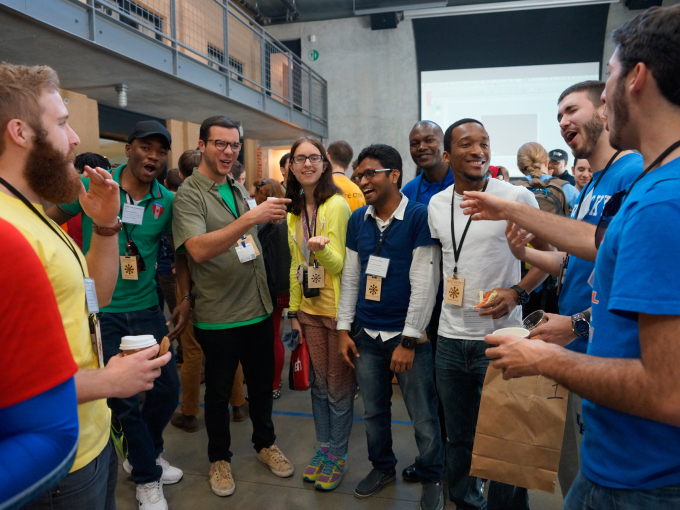
Photo credit Ben Colman for Epicenter
“An increase in disciplinary cross-talk among their students and their faculty is reported by institutions of all kinds. Whether it is between engineers and artists or business students and artists or engineering and nursing students, walls are breaking down between the silos. In addition, some campuses are experiencing a blending of experiences that move into the general education courses, thereby bringing traditional design activities to all students on campus, regardless of major. — A spirit of creativity and doing is driving the student experience. More students are getting involved in hands-on activities, and more are embracing a culture of “doing” that is active versus passive.”

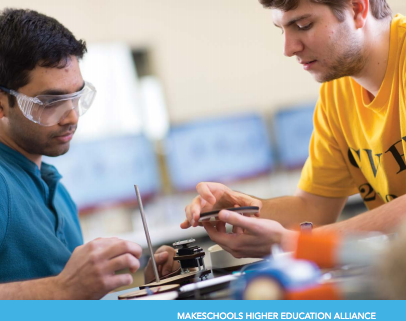
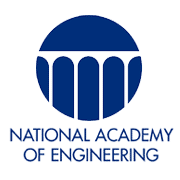

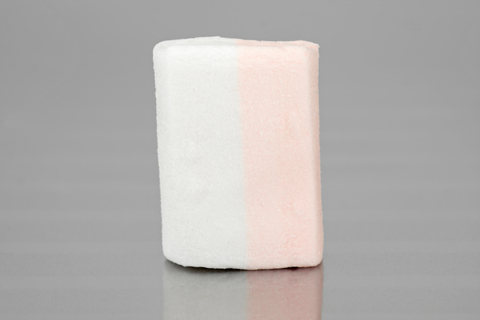
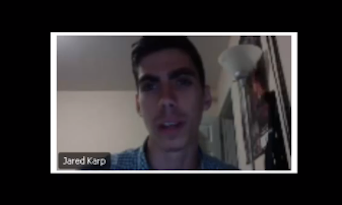
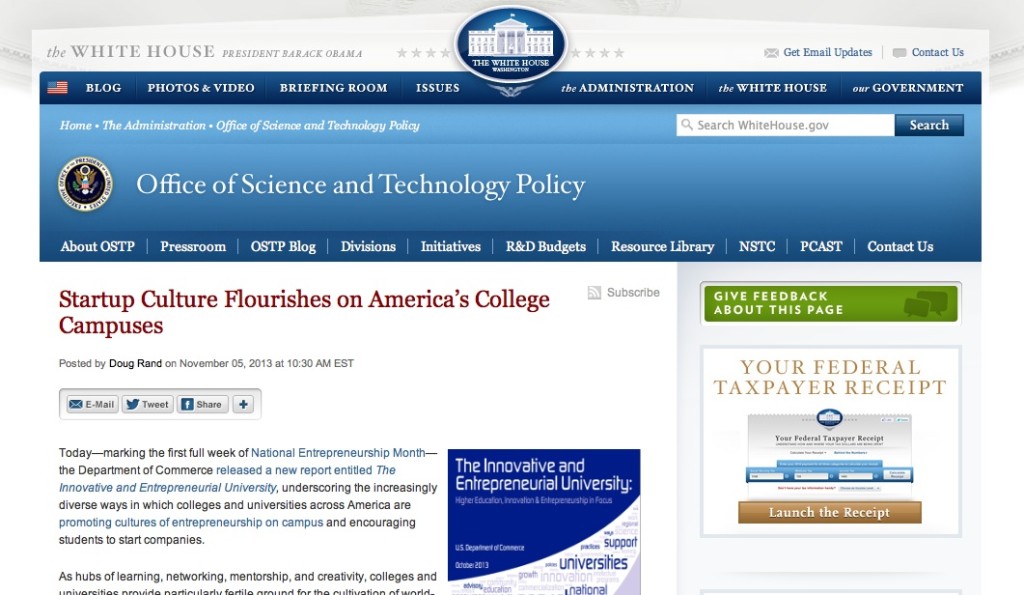
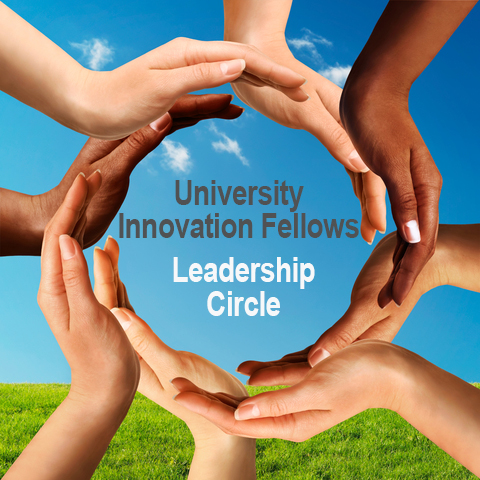

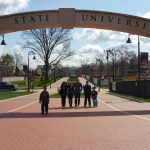

Leave a Reply
Want to join the discussion?Feel free to contribute!